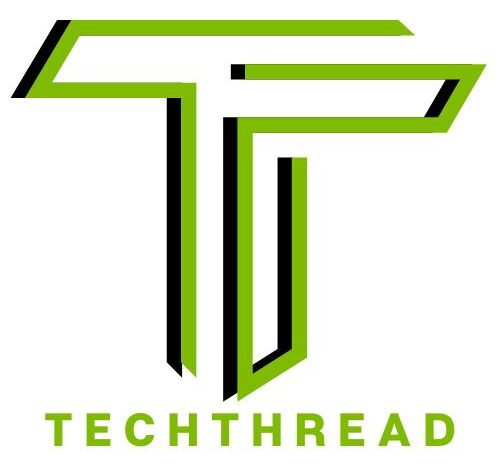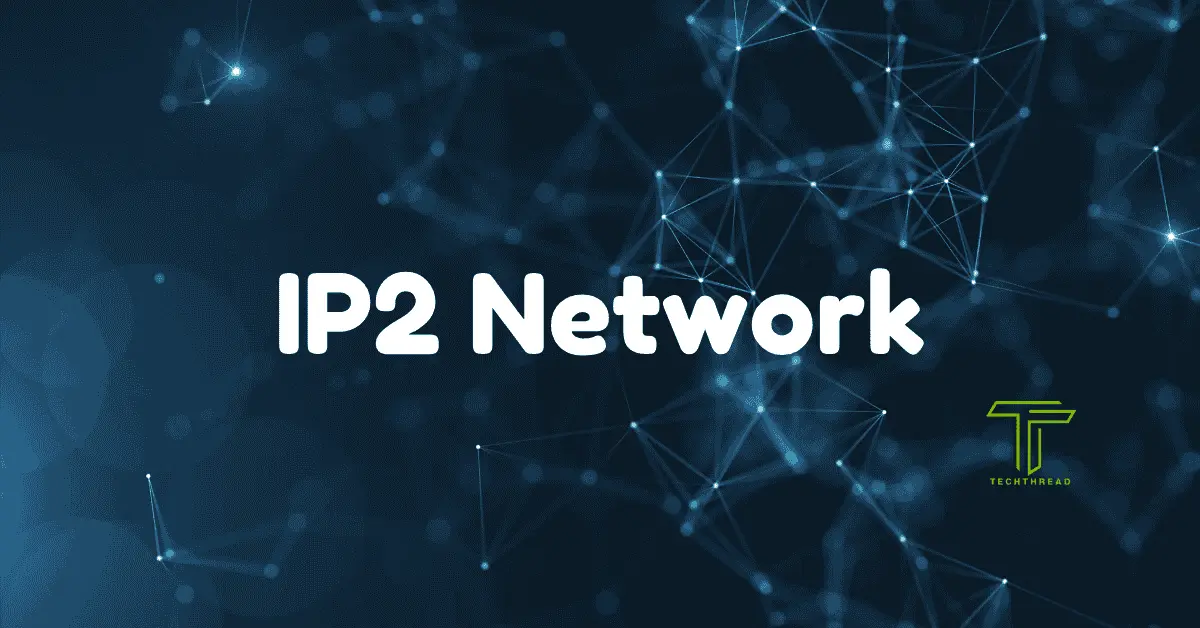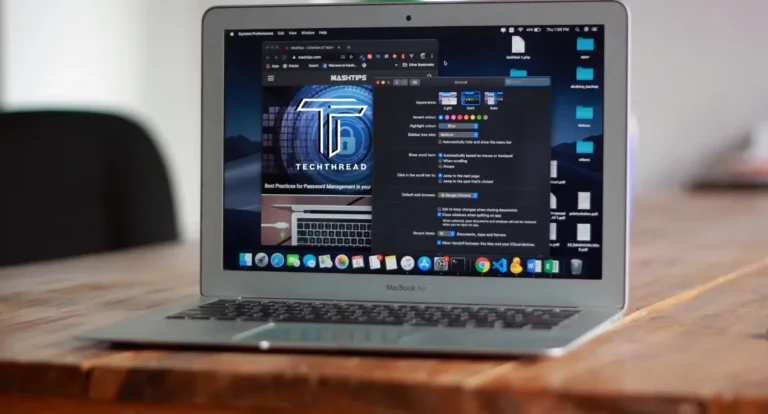IP2 Network: Exploring Features, Security Applications & Future Trends
Imagine going online, but instead of relying on the same slow, centralized systems, you connect through something built by real communities. Each stream you watch, each link you click, runs on a structure that doesn’t follow the usual rules. This is where many people run into a problem. Traditional networks and major platforms can feel crowded, limited, and sometimes vulnerable to control or disruption.
Over time, communities of streamers, viewers, and developers have built new spaces that function outside mainstream platforms. These spaces focus on real-time interaction, live discovery, and decentralized structures. They often attract creators who want fewer restrictions and audiences who want raw, unfiltered interaction.
This article explores how IP2 Network works, what makes it different, and why it’s changing the way people think about online communication and streaming. You’ll learn about key features, how to set it up, how it compares with traditional networks, and the benefits and challenges that come with it. By the end, you’ll have a clear picture of where this space is heading and how it might impact your online experience.
Table of Contents
What IP2 Network and How Does It Work?
At its core, this kind of network acts as a decentralized directory. Instead of relying on one platform like Twitch or YouTube to host everything, it functions more like a hub that connects viewers to multiple independent streams. Imagine a digital bulletin board that constantly updates in real time with who’s live, where they’re streaming, and what’s happening.
Community Roots and Evolution
The origins of this structure trace back to online communities that grew around independent IRL streamers. A key example is the scene around Ice Poseidon, a well-known streamer who shifted from mainstream platforms to build his own community. Out of that grew directories like IP2.Network and sites such as IP2Always.win, which list multiple streamers broadcasting from platforms like YouTube, Kick, and Rumble.
Instead of centralized moderation and algorithms deciding what gets seen, these directories give power back to communities. Streamers control their own channels, and viewers discover content through shared hubs rather than corporate feeds.
How It Functions Technically
The system works through:
- Aggregated feeds that scan for active streams and display them on directories.
- Community tagging, where users categorize streams by theme or activity.
- Decentralized updates, where no single company controls the list; multiple people or scripts may update it.
This creates a flexible, dynamic network that connects multiple streaming platforms in real time without hosting the streams directly.
Key Features and Functionalities of IP2 Network
This network model brings several core features that make it stand out:
- Real-Time Directory Listings: Viewers can see which creators are live across multiple platforms.
- Multi-Platform Integration: Streams from YouTube, Twitch, Kick, DLive, and other platforms are listed in one place.
- Independent Operation: Streamers retain full control over their content and platforms.
- Community Moderation: Instead of corporate oversight, communities decide who gets listed or removed.
- Open Participation: Anyone can list a stream if they follow basic technical requirements.
These features have created an environment where streaming is less about competing for algorithm space and more about direct interaction between creators and audiences.
Setting Up IP2 Network – Step-by-Step Guide
Setting up involves both technical and community steps. Here’s a simple process for joining or creating a presence in such a network:
1. Prepare Your Streaming Setup
- Choose a streaming platform like YouTube, Kick, or Twitch.
- Make sure your stream key, encoder, and internet connection are configured.
2. Connect to a Directory
- Find a community directory where you want your stream to appear.
- Submit your stream link or RTMP address.
- Some directories require you to follow specific tagging formats or moderation rules.
3. Use Aggregation Tools
- Many directories rely on simple bots or scripts to update listings.
- You can use existing scripts or build your own to sync your stream status automatically.
4. Stay Consistent
- Regular streaming builds trust in the community.
- Consistent tagging and reliable uptime help you maintain visibility.
This setup allows creators to stay independent while still benefiting from shared visibility.
Comparison with Traditional Networks (IPv4/IPv6)
To understand the difference, it helps to compare this network model with standard Internet Protocol versions like IPv4 and IPv6.
| Feature | Traditional Networks (IPv4/IPv6) | Decentralized Streaming Network |
| Control | Centralized by ISPs and platforms | Distributed among communities |
| Discovery | Algorithm-driven | Directory and community-based |
| Hosting | Central servers | External platforms, aggregated |
| Security | Standard encryption | Varies, community or self-managed |
| Flexibility | Limited by platform rules | High, users control structure |
The biggest difference is control. Traditional systems rely on centralized servers and governance. In contrast, these new networks lean on shared directories and community moderation, which gives more freedom but also demands more responsibility.
Alternative Security & Streaming Solutions
For many creators, these networks aren’t just about discovery—they’re also about security and independence. Instead of relying solely on VPNs or encrypted tunnels, they distribute visibility. This makes it harder for any single point of failure to take the network down.
Other security-focused alternatives include:
- Mesh networks, where devices connect directly to each other.
- VPN overlays, adding encrypted layers to standard IP networks.
- Decentralized hosting, using peer-to-peer protocols.
While these alternatives each have their place, decentralized directories offer a unique mix: open visibility with distributed control.
Benefits and Applications
The rise of these networks has unlocked a wide range of benefits:
For Creators
- Independence: They can stream without relying on a single platform’s algorithm.
- Community Reach: Direct access to engaged audiences through shared directories.
- Cross-Platform Visibility: Appear on multiple directories without extra work.
For Viewers
- Discovery: Easier to find live content across different platforms in one place.
- Real-Time Interaction: Viewers often have more influence in streams compared to mainstream platforms.
- Diversity of Content: From IRL streaming to gaming, discussions, and live events.
For Businesses
- Niche Marketing: Brands can reach targeted audiences in emerging communities.
- Early Adoption: Investing in decentralized spaces can offer a competitive edge.
Real-world examples include IRL streaming “RV trips,” where multiple streamers broadcast live from different locations and appear simultaneously on directories. This creates a network effect that pulls in large audiences without a central platform.
Challenges and Implementation Issues
This freedom comes with challenges:
- Moderation: Without a central authority, dealing with inappropriate content becomes harder.
- Legal Risks: Streamers must still follow local laws, even outside mainstream platforms.
- Security Gaps: Responsibility falls on individual streamers to secure their connections.
- Technical Barriers: Setting up can be confusing for newcomers unfamiliar with networking basics.
Communities often address these challenges by forming their own moderation teams and setting clear rules, but consistency varies.
Future Trends and Developments
The future of this space is shaped by three major trends:
- 5G and Edge Computing: Faster mobile networks make IRL streaming smoother and more accessible.
- Wearable Tech: Streamers using body cams or smart glasses increase mobility.
- Regulatory Shifts: Governments and platforms are paying more attention to decentralized communities.
As more creators and viewers look for independence, directories and community-driven networks are likely to grow. Businesses may also adapt by integrating with these spaces or supporting creators directly.
FAQs About IP2 Network
Q1: What is the main purpose of IP2 Network?
It acts as a community-driven directory that connects independent streams from multiple platforms into one hub.
Q2: How secure is it compared to traditional IPv4 or VPN solutions?
Security depends on the individual setup. Some directories are well-moderated, while others rely on user discipline. Adding encryption and VPN layers is recommended.
Q3: Can anyone set up and join?
Yes. With basic technical knowledge, anyone can join or list a stream.
Q4: How does it differ from mainstream platforms like Twitch or YouTube?
It doesn’t host content itself. Instead, it lists streams from different platforms, allowing communities to control visibility and moderation.
Q5: Is it legal to use?
The technology is legal, but users must follow laws and platform policies.
Conclusion
Decentralized streaming directories are changing how online communities connect. By shifting control away from centralized platforms and placing it in the hands of communities, they offer new opportunities for creators, viewers, and businesses.
They’re not without challenges. Security, moderation, and legal responsibilities rest more heavily on individuals. But for those who value independence, flexibility, and community-driven growth, these networks represent a significant shift in how the internet is used.
As technology advances and more people look for alternatives to traditional platforms, expect these systems to play a larger role in shaping the future of online streaming and communication.
Also Read: Nzbgeek Indexer 2025: The Ultimate Usenet Indexer Guide







